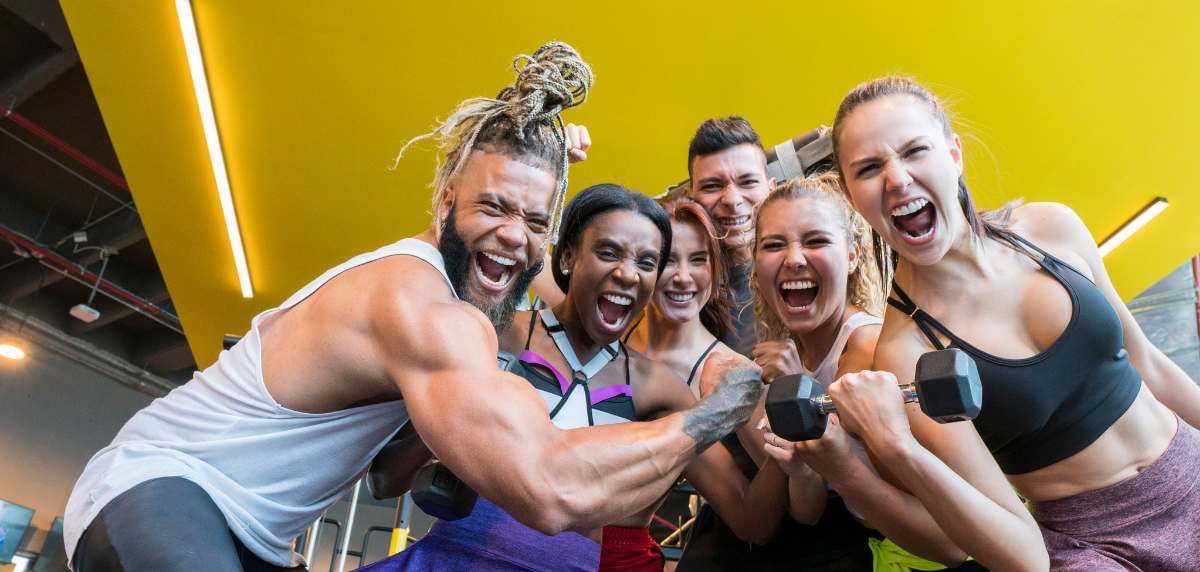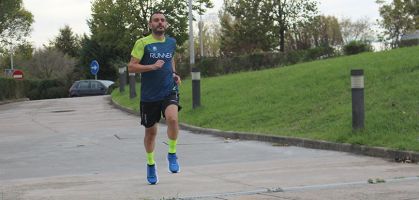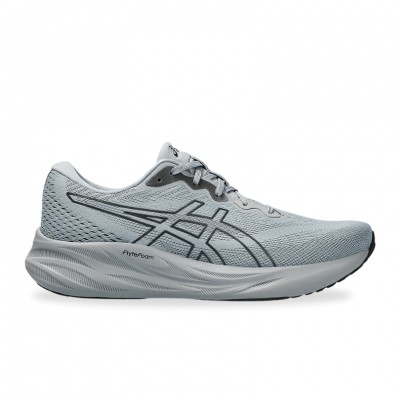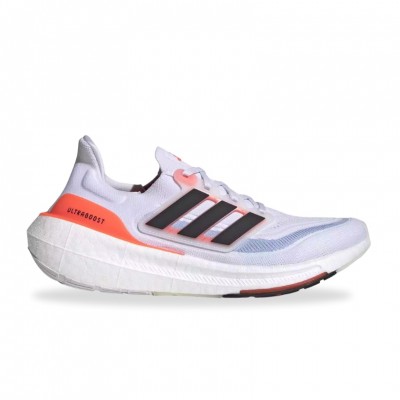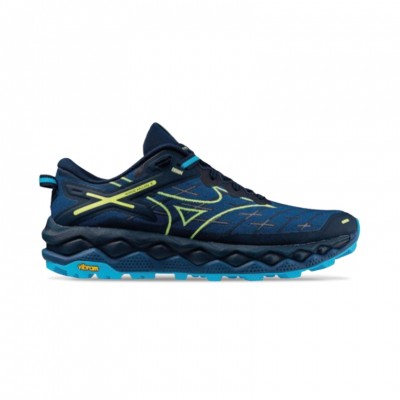In the modern era of sports, the perception of what it means to be a runner is changing. The trend among younger people, in particular, is moving away from the pursuit of a slim figure and toward building a strong, defined body. Just look at the average age of people registering for fun run, over 35 years old. However, there are more people who run than ever before and it's becoming more usual to see young people running in cities and in the mountain. According to data by Statista, the sales of running shoes have grown by more than 90% between 2010 and 2021. Nike, for example, saw a growth of 143% in that period, adidas of 104% and Puma of 89.42%.
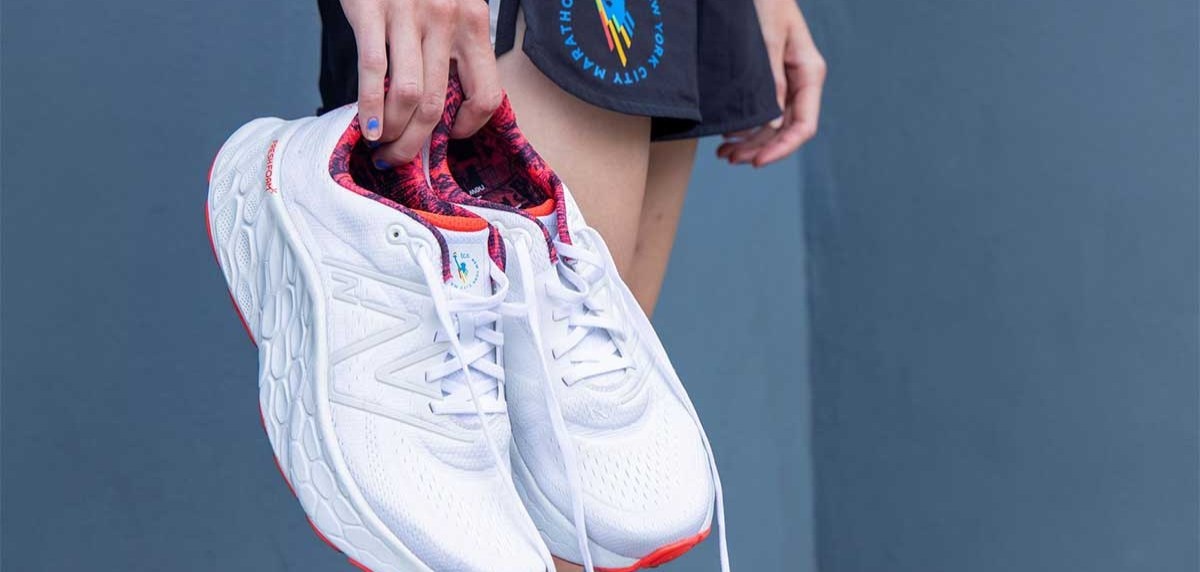
The new generation of runners: strong rather than thin
Growth in the popularity of running
- 2010-2015: During the first few years of the decade, running experienced a surge in popularity, especially in Western countries. Marathons and 5k and 10k races became massive events, driving demand for running shoes.
- 2016-2023: The trend continued to grow, with a more health and wellness-oriented focus, and running became an accessible and attractive activity for all audiences.
All in all, the traditional image of the lean, long-distance runner is being replaced by a new generation of athletes who value strength and muscle definition. This trend is especially evident among young people, who are taking a more holistic approach to their health and fitness. Let's take a look at some of the data and factors that are behind this change:
Not sure which running shoe to choose?
In a few simple steps we help you to choose the ideal running shoe for you
Go to the Shoe FinderIncrease in gym attendance among young people
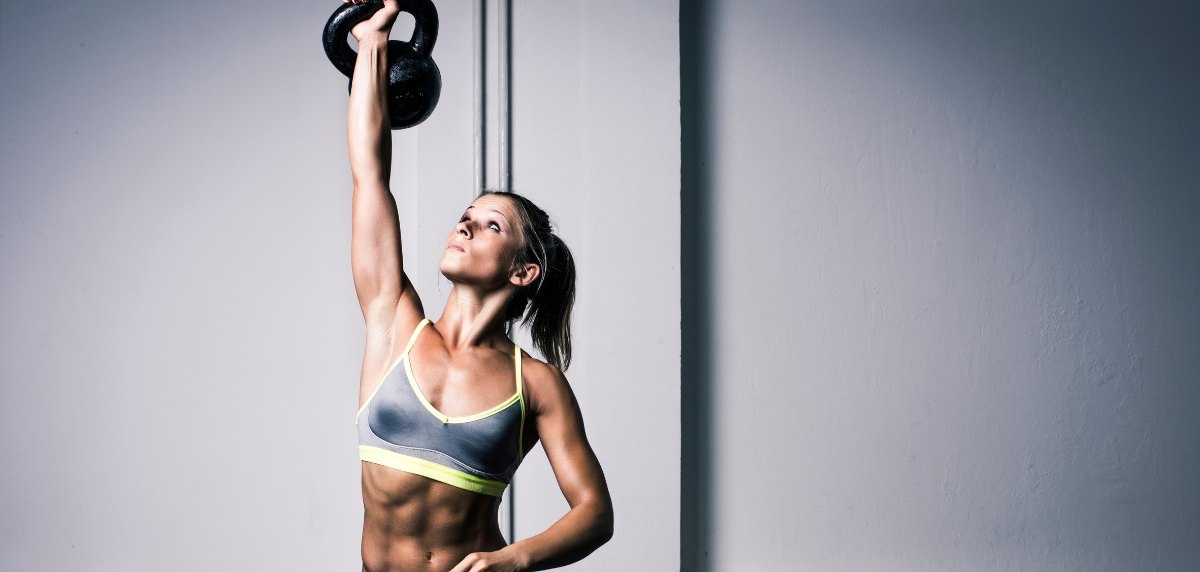
Current data: According to a recent study, gym attendance among young people has increased significantly in recent years. In some countries, up to 30% of 18-24 year olds are now active gym members, compared to only 15% a decade ago. In the U.S., for example, according to Statista, the 18-34 age range makes up 60.60% of all gym members. And those under 20 already account for 16% of the total.
Motivation: The motivation behind this increase is not just aesthetic. Many young people see the gym as a place to improve their overall health, increase their confidence and establish a healthy routine.
Change in the perception of health and fitness
All-around health: The latest generation of runners is not only focused on improving cardiovascular endurance. They also value strength, their physical appearance and mental health. The combination of running and strength training is seen as a way to achieve holistic wellness.
Social media influence: Social media has played a role in promoting strong, healthy bodies. Fitness influencers and athletes share their routines and achievements, inspiring young people to follow their example.
Running as part of a multidisciplinary approach
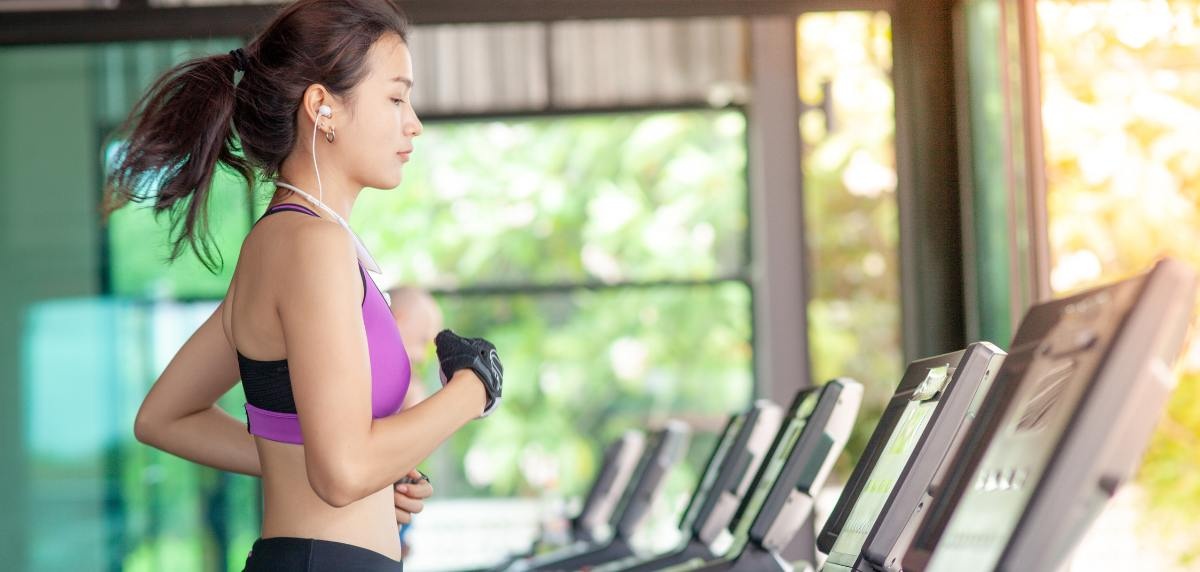
Complement to strength training: Many young people see running as a complement to their strength training, using running as a way to improve endurance and burn fat.
Running events and groups: Participation in races and events is also on the rise, as they offer additional motivation and a sense of belonging to a community.
Running as a way to burn fat

Not only is running affordable and efficient, but it is also a very effective fat-burning tool.
It burns calories and fat
Energy efficiency: Running is one of the most efficient ways to burn calories. Depending on the intensity and weight of the individual, between 600 and 1000 calories can be burned per hour.
Fat-burning: In addition to burning calories, running increases the body's ability to use fat as an energy source, helping to reduce body fat.
Trends among younger people when it comes to running
High-Intensity Interval Training (HIIT)
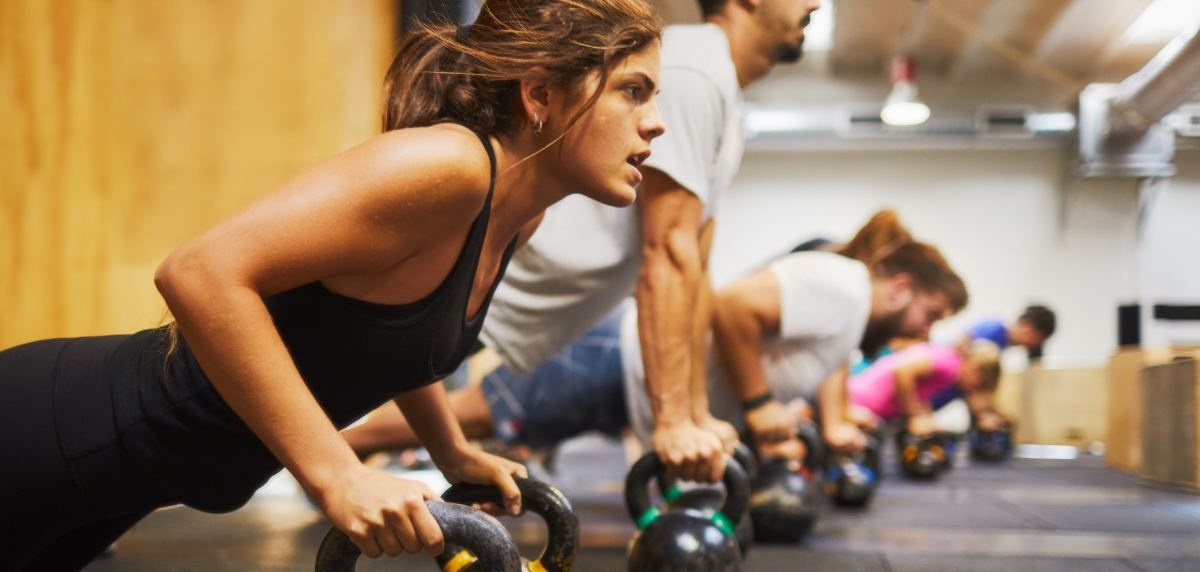
What is it: HIIT involves alternating between periods of intense exercise and recovery. In the context of running, this could mean short sprints followed by exercises such as burpees, push-ups, squats...
Fat-burning benefits: Research has shown that HIIT can be especially effective at burning fat, even more so than constant exercise at a moderate intensity.
Running on an empty stomach
What is it: Running on an empty stomach means exercising before consuming any food, usually in the morning.
Fat-burning benefits: Several studies suggest that running while fasting can increase the body's ability to burn fat, although this may vary between individuals.
Combination with a healthy diet
Importance of nutrition: Nutrition plays a crucial role in fat loss. Combining running with a healthy diet can maximise results.
Hydration: Staying hydrated is essential for performance and recovery, and can aid in the fat-burning process.
The science behind combining strength and running
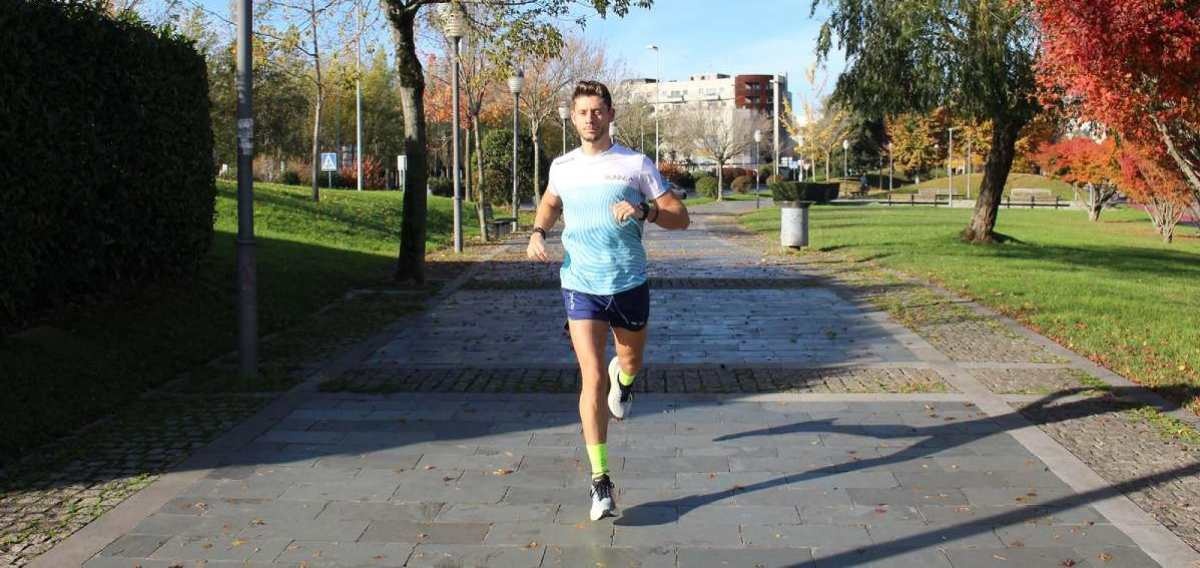
Combining strength training and running is not just a trend; it's backed by science:
- Performance enhancement: Research shows that strength training can improve efficiency and speed in runners.
- Injury prevention: The extra muscle strength can help prevent common injuries in runners.
- Improved body composition: Combining strength and running can lead to greater fat loss and muscle gain.
How to combine strength and running
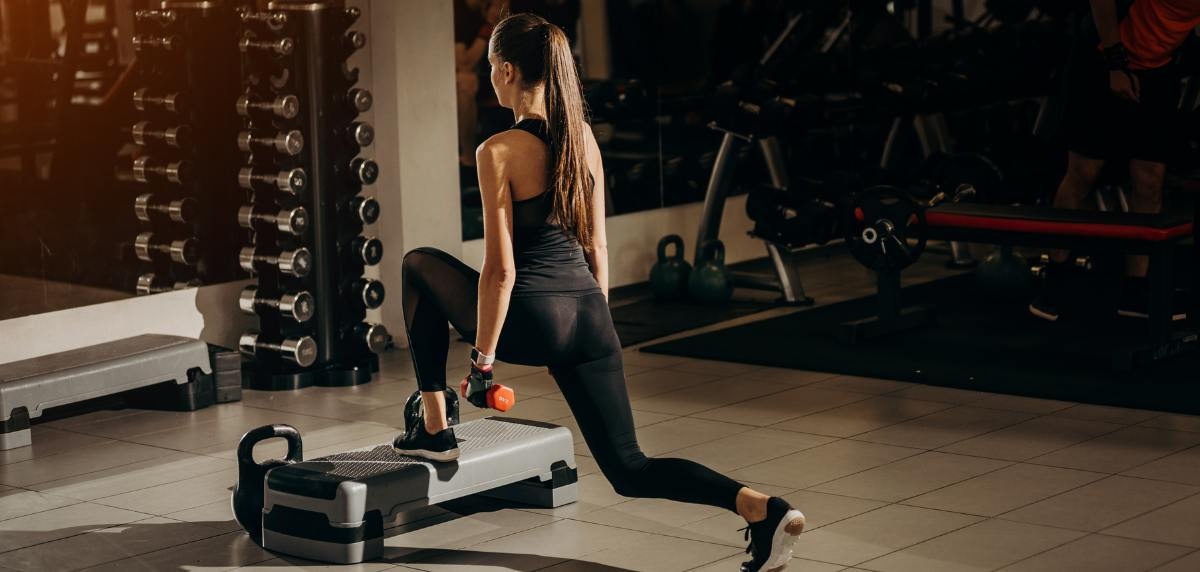
As we have seen, combining strength and running is a growing trend. But how can you effectively combine them?
- Understand your objectives and define clear goals. Do you want to improve your speed? To gain muscle? To lose fat? Having clear goals will help you design a program that effectively combines strength and running.
- Consider alternating strength training days with running days to allow for adequate recovery. Integration: Some athletes find it helpful to integrate a light strength session after a run, or vice versa.
- Strength exercises for runners
Functional movements: Exercises such as squats, lunges and bench presses can improve strength in areas that directly benefit running.
Core Work: Strengthening the core can improve posture and running efficiency. - Periodisation training cycles
Periodisation involves planning training in cycles, with phases focused on different goals, such as strength, endurance or speed. Adaptation: This allows the body to adapt and improve in different areas without overtraining. - Nutrition and recoveryProper nutrition: The combination of strength and running requires careful nutrition to support recovery and muscle growth.
Rest and recovery: Adequate rest is crucial to avoid overtraining and allow muscles to recover. - Consult with professionals trainers and physical therapists
If possible, work with a trainer or physical therapist to plan and customize both your strength work and your running outings.
There is a clear trend. We are running more and more, but with a varying goal in recent years. Combining strength and running is not only an effective way to improve body composition, but it can also lead to better performance and injury prevention. With science backing up this combination, it looks like this trend is here to stay.
Read more news about: Running Training
